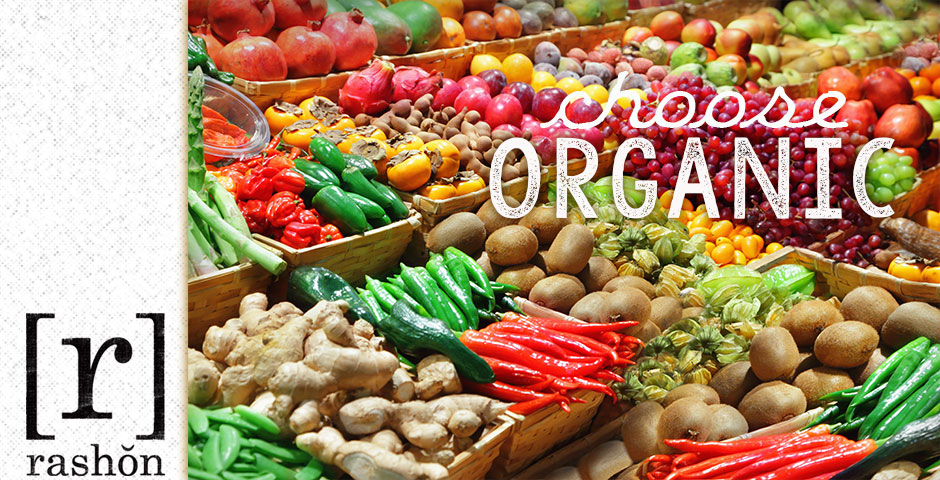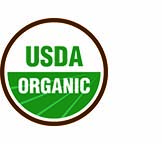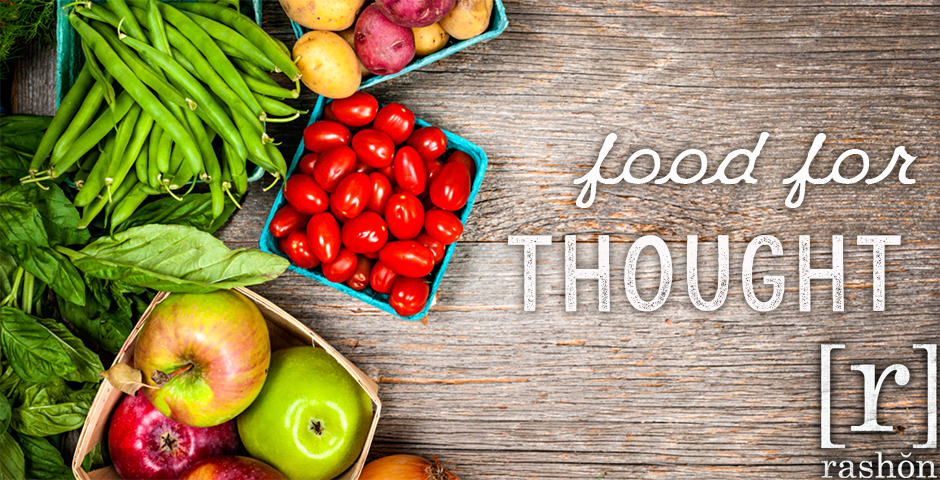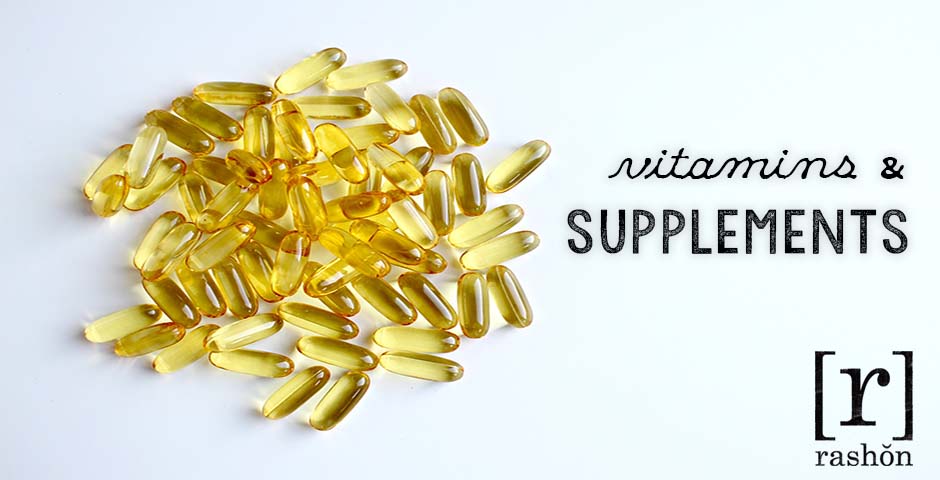Eating organic food is one of the best ways to improve your health and avoid the risks of exposure to pesticides. Being an informed consumer and knowing what you are putting into your body is your first line of defense. There are a multitude of reasons to choose organic, but here is a brief primer on why eating organic is important.
What Does Organic Mean?
A food with the USDA Certified Organic label guarantees:
- The food is grown without conventional pesticides
- No fertilizer made with synthetic ingredients or sewage sludge was used
- It contains no GMOs (genetically modified organisms)
- It has not been irradiated
- No antibiotics or growth hormones in meat, poultry, dairy and eggs
Pesticides & The Environmental Impact
A pesticide is any substance used to control unwanted living threats to growing crops. By their very nature, pesticides pose serious threat to humans, animals and the environment. According to the Environmental Protection Agency, in 2007, 1.1 million pounds of pesticides were used in the U.S. giving us 22% of the total pesticide usage in the world. That same year, 6.3 million pounds of pesticides were used worldwide.
Some of the environmental consequences of using pesticides include depletion of nutrients in the soil used to grow crops, run-off into our water supply and a greater carbon footprint. Unfortunately for all of us, pesticides – even those that have been banned – persist in our soil, air and water. Land that was farmed decades ago with the use of pesticides still contains those contaminates which means that the nutrients in the soil, and thereby the nutritional value of the food grown, is depleted. And we still risk the health consequences of pesticide exposure.
When water runs-off fields that are treated with pesticides, those toxins are carried into our rivers, lakes and oceans. The two most common chemicals found from run-off are phosphorus and nitrogen. The problem is further compounded when the water then has to be treated with more chemicals, like chlorine, to make water “safe” for human use. The USDA estimates that the cost of removing nitrate, the most common form of nitrogen found in our water supply, is $4.6 billion per year. Phosphorus causes massive blooms of algae. The cost of water treatment for these algal blooms ranges between $12 and $56 million per year for a town of 100,000 people. I’ll get into more detail below about the specific health consequences of these chemicals in our water supply.
The Effects of Pesticides on Humans
The impact on humans is of great concern. The Environmental Working Group reports that in thousands of produce samples analyzed by the U.S. Department of Agriculture, 65% tested positive for pesticide residues. Exposure to pesticides from the food we eat leaves us vulnerable to negative effects on our Nervous System and Endrocrine System (hormore production and regulation), along with irritation to our skin, eyes and lungs, and a higher risk of cancer. A 2012 study by the American Academy of Pediatrics linked childhood exposture to pesticides with an increased risk in pediatric cancers, decreased cognitive function and behavioral problems.
Let’s go back to that issue of our drinking water. Nitrate is extremely toxic to humans. Babies who drink contaminated water can develop a life-threatening disorder called blue baby syndrome in which there is a reduction in the oxygen-carrying capacity of the blood. In adults, high nitrate levels can affect thyroid function and increase the risk of thyroid cancer. As I mentioned before, phosphorus causes those massive blooms of algae, which includes cyanobacteria. Cyanobacteria produces toxins that are particularly deadly to pets, wildlife, livestock and humans. These toxins cause stomach and intestinal damage, kidney disease, nervous system damage, liver damage and allergic responses. Even just brief exposure to cyanobacteria can cause skin rashes, eye irritation and breathing difficulties.
While this is by no means a comprehensive look at pesticides, the environment and the overall human  health impact, it does give you an idea of the importance of understanding our food supply and the need to protect organic farmers and farmland, and to protect our water at the source.
health impact, it does give you an idea of the importance of understanding our food supply and the need to protect organic farmers and farmland, and to protect our water at the source.
Some Benefits of Eating Organic
In addition to avoiding pesticides, when eating organic you are oftentimes supporting local farmers and growers and helping to reduce the environmental burden of growing and producing food. Additionally, organic foods are higher in nutrients by up to 40%, and are up to 50-80% higher in antioxidants than conventionally grown food. Organic dairy and organic, grass-fed meats are also higher in heart-healthy Omega-3 fatty acids. By eating organic, you are making a positive impact on the environment, reducing your exposure to pesticides, and ultimately eating more nutritious – and more flavorful – food!
Resources:
If budget is a concern, try to buy organic when it comes to the produce listed on the EWG’s Dirty Dozen+™ list above.
Buying directly from the grower by shopping at farmer’s markets or buying a share in a local CSA, will often cut down on the cost of organic produce.
For a directory of farmer’s markets and CSA opportunities in your area, check out Local Harvest.
If you are in the Austin area, our favorite local grower (and where we often get a CSA share) is Johnson’s Backyard Garden.
Trader Joe’s and Costco also have a great selection of organic foods at excellent prices.
The Environmental Working Group (EWG) has tons of information for consumers including the Dirty Dozen+™ and Clean Fifteen™ food lists, and safe sunscreen and beauty product lists. Their Healthy Child Healthy World website has great information about protecting children from toxic chemical exposure.






0 Comment